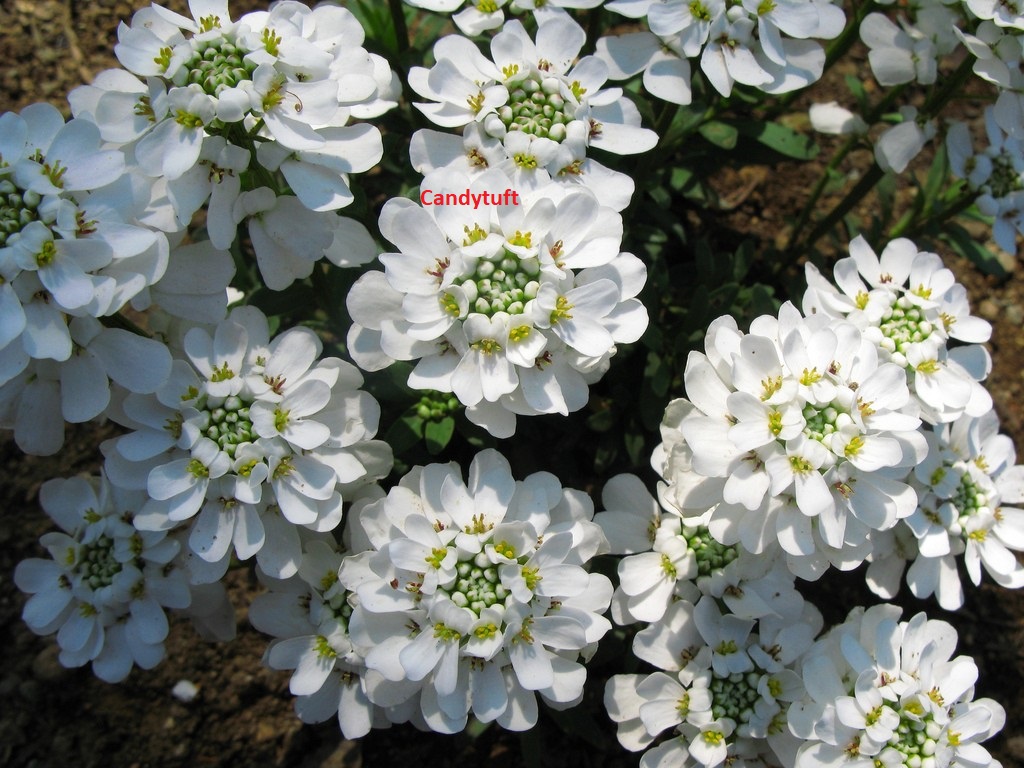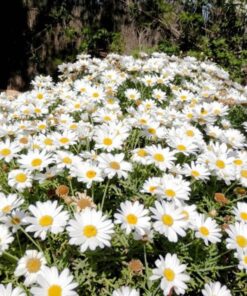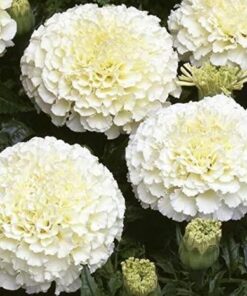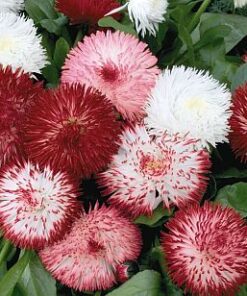Candytuft Seeds white pack of 40 seeds Open Pollinated
₹50.00
In stock
Candytuft Seeds Sow and Plant
Start perennial candytuft seeds indoors in early spring, and expect germination in 10 days. If they are hardened off or protected with a cover, seedlings can be set out while the weather is still cold. Some heavy-blooming varieties are propagated from stem cuttings and sold as potted plants in spring. When possible, choose plants that have not yet begun to bloom. Young plants need water their first year, but after that candytuft is moderately drought tolerant.
Candytuft Seeds Notes
Candytuft Seeds Young plants may not bloom their first year, because perennial candytuft needs 8 to 10 weeks of cold winter weather to initiate flower buds. Once established, candytuft becomes a semi-evergreen ground cover that spreads very little. The pure white flowers flatter anything that grows nearby. Botanically, perennial candytuft is a subshrub rather than a herbaceous perennial. Frost-tender annual candytuft (I. umbellata) blooms in shades of pink. Perennial candytuft is often evergreen, but will spring back when winter injures the tops of the plants.
Harvesting
Candytuft Seeds The white flowers of perennial candytuft are naturally set off by the plants’ glossy dark green leaves. After the flowers fade, shear back the plants by one third their size to encourage fresh new growth.
Candytuft Seeds Troubleshooting
Many pests of the cabbage family can bother perennial candytuft, including caterpillars and slugs. In wet weather downy mildew may cause plants to blacken and collapse, while powdery mildew is possible in hot, dry weather.
Candytuft Seeds Planting and Harvesting Calendar
Want to find out when you can plant this in your garden? We use historical data from your local weather station to calculate the best range of planting dates for your location (see example planting calendar below).
Feeding
In spring just as new growth emerges, topdress the area around candytuft with a balanced organic fertilizer.
| Weight | 10 g |
|---|---|
| Color | White |
| Germination Level | Medium |
| Hybrid or Open Pollinated | Open Pollinated |
| Growth Pattern | Up right Straight |
| Ideal location | Full sun |
| Origin Country | India |
Be the first to review “Candytuft Seeds white pack of 40 seeds Open Pollinated” Cancel reply
You must be logged in to post a review.
Related products
Winter Flower Seeds
Marigold White Vanilla F2 Flower pack of 25-30 seeds Open Pollinated
Winter Flower Seeds
Phlox Twinkle Star Seeds flower Hybrid seeds pack of 40-50 seeds Open Pollinated
Winter Flower Seeds












Reviews
There are no reviews yet.